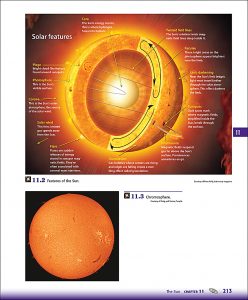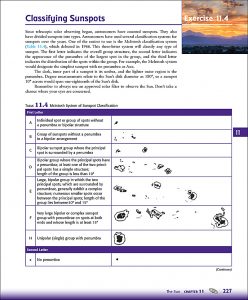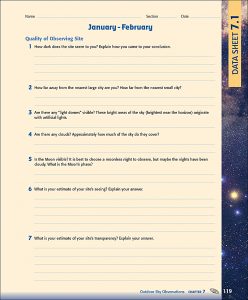Astronomy is a fun and challenging science for students. This manual is intended for one- and two-semester astronomy courses and uses hands-on, engaging activities to get students looking at the sky and developing a lifelong interest in astronomy. Order your review copy today!
Examples of interior pages:


